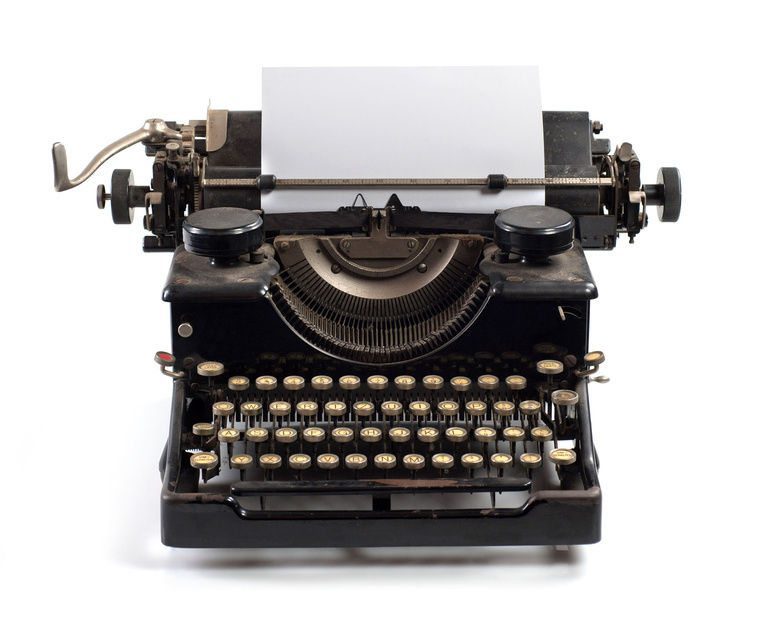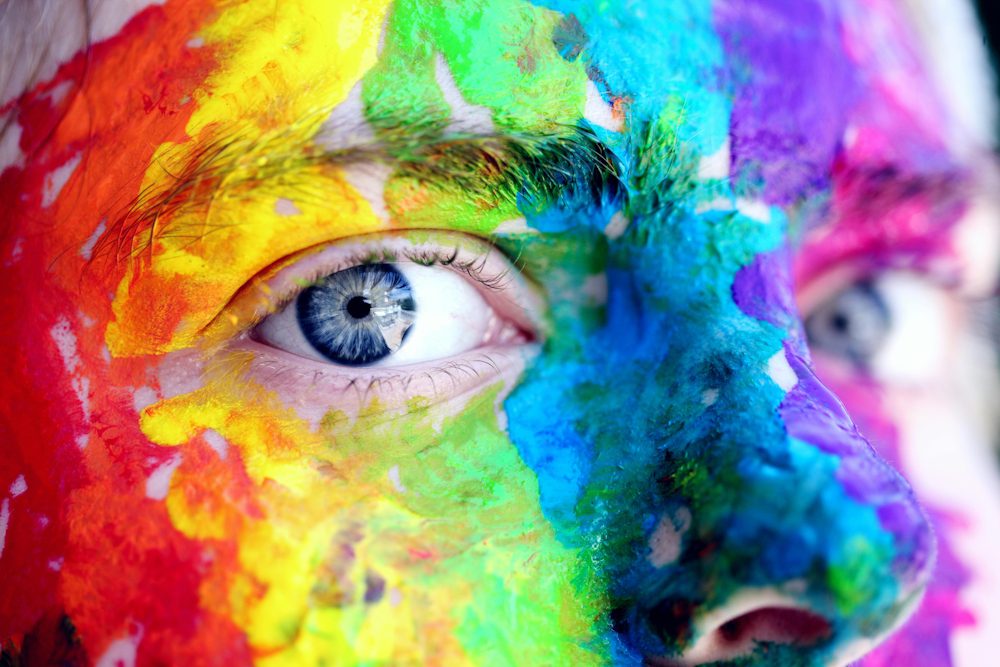To some Art with a unique blockchain ID, NFTs, is nothing more than low art backed by speculative investment. Seems like everyone is making money from NFTs right? High end sales may grab headlines but in general terms it appears the general layout of sales follows a fairly normally distribution model.
At this stage over 50% of NFTs sold in Q3 were $101-$1,000, 20% were in $1,001-$10,000 bracket, and 17% fetched less than $100 (NonFungible.com in Howcroft 2021). With sales of NFTs reaching $10.7 billion in the third quarter of 2021, up more than eight times from the previous quarter the ‘bubble’ has yet to burst suggesting that there is still healthy market for the artworks despite only 265,927 active wallets trading NFTs on the ethereum blockchain. (Howcroft 2021)
But what to buy? According collectors like James Burke and outlets like Art review the aesthetics of Crpyto art are not those of the traditional art world. A relationship which suggests a form of cultural antagonism as Art Review put it in March 2021:
“The artworld is torn by the spectacle of these pop-cultural baubles suddenly transforming what had until now been considered aesthetically thin air into millions. Contemporary art shares space with counternormative subculture like indie music, independent film and literature, while aligning itself to a spectrum of radical political subcultures – a place to take a position against mainstream, conservative, consumerist, ‘normie’ values.” (Charlesworth, 2021)
Does the rise of NFTs and Crypto signify the triumph of ‘the people’ over gatekeepers? In some cases yes but more likely it indicates the rise of a parallel hierarchy rather than a more open democracy. For instance NFTs are still a bit tricky to buy (Iyengar 2021) and there is a distinct advantage in having knowledge of the technological field which produces NFTs, Cryptocurrency, and digital art. The question then of what art resonantes with the techno elite becomes more understandable. They want art that reflects their culture and values. Situated around technical mastery and memetic culture, in some sense the digital world recognising itself.
Speaking to Wired UK-based venture capitalist Jamie Burke discussed his transition from someone who initially collected pieces that he felt were ‘aesthetically pleasing’ rather than ‘low-aesthetic, self-referential … NFTs linked to memes, cryptocurrency cartoons, or badly-drawn characters. A mistake he rectified by purchasing a Twerky Pepe – the forum-friendly animation of a derrier enhanced frog. “I moved from aesthetics to memetics… It’s more like a membership of a club or cult.” (Voltipicelli, 2021)
Strategies which are reiterated by other authors/collectors such as 3LAU (Justin Blau) and RAC (André Allen Anjos) who acknowledge that
“…a lot of their buyers are already investors in the crypto world. As artists they make a point of buying other creators’ NFTs as well. (with others claiming that) The crypto community creates and sells these artworks for each other,” (Kay, 2021)
So what to watch for when buying an NFT as a tradable assets? Buying art as an investment is always going to be a gamble with great risks and unsure rewards, from racehorses to Novibet, so is it worth it? If we think of worth as that emotional connection to a purchased object then it depends on our relationship to technology. If we think of NFTs as cultural artifacts given value through technology as a culture our personal value is ascribed by how much we are a part of that culture. Or how much we can read of that culture. To that end NFT investors might do worse than learning to make digital art themselves and then following the trail of forum likes to key themes within memes (twerking for instance). Another central indicator of value are social entities like brand, things that affect the field of culture production by through recognition. Will the Pink Floyd covers album and it’s attendant NFT by Beeple indicate how large brands are attempting to read, write, and ride the market? It’s certainly one to watch.
References
Charlesworth, J., 2021. Why the Artworld Loves to Hate NFT Art. [online] Artreview.com. Available at: <https://artreview.com/why-the-artworld-loves-to-hate-nft-art-beeple-christies-grimes/> [Accessed 8 October 2021].
Howcroft, E., 2021. NFT sales surge to $10.7 bln in Q3 as crypto asset frenzy hits new highs. [online] Reuters. Available at: <https://www.reuters.com/technology/nft-sales-surge-107-bln-q3-crypto-asset-frenzy-hits-new-highs-2021-10-04/> [Accessed 8 October 2021].
Iyengar, R., 2021. We bought an NFT. Here’s what we learned. [online] CNN. Available at: <https://edition.cnn.com/2021/03/14/tech/nft-art-buying/index.html> [Accessed 8 October 2021].
Kay, G., 2021. We talked to crypto-art investors to figure out what’s driving people to spend millions on NFTs, despite no guarantee their value will increase. [online] Business Insider. Available at: <https://www.businessinsider.com/why-are-people-buying-nfts-investing-in-nft-crypto-art-2021-3?r=US&IR=T> [Accessed 8 October 2021].
Voltipicelli, G., 2021. The zany ascent of NFT art collectors. [online] Wired. Available at: <https://www.wired.co.uk/article/nft-collectors-pepe-beeple-decentraland> [Accessed 8 October 2021].
Feature image: pexels
Links in this article are from a gambling site which are not affiliated with Trebuchet magazine. Please gamble responsibly and if you feel you have a problem please contact organisations like: www.responsiblegambling.org

A fantastic read from a preferred partner.
External links in this article are not affiliated with Trebuchet.





















